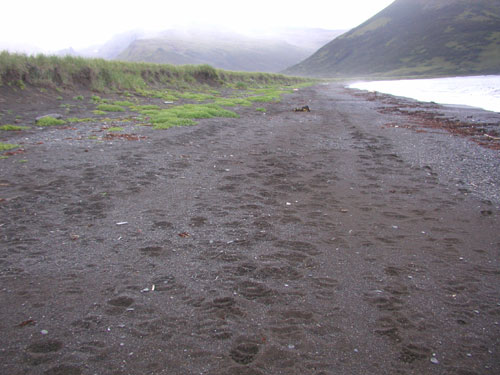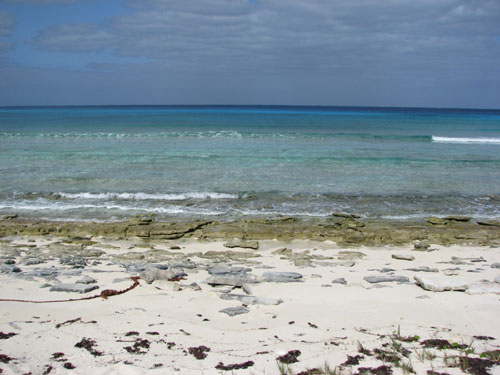Nearshore coastal environments host most of humanity, at the interface between the vast oceans that cover 70% of Earth and the continents, home to all our soil and the Critical Zone. The oceans possess energy that is transferred to and manipulates land through erosion and deposition. Humanity's land use has greatly strained coastal environments; therefore, a thorough understanding of coastal processes betters our chances of sustaining life and human endeavors in this very dynamic environment. Be aware that these concepts apply to shore lines along large lakes, too!


Reading assignment
To learn about shoreline processes and coastal evolution, wave refraction and erosion, sediment transport and deposition, and submergent and emergent coastlines through a series of schematic diagrams, follow this hyperlink:
More information on classification, with nice imagery, can be studied at:
The following two hyperlinks lead to other reviews of coastal processes and landforms, as well as wave refraction, erosion, and deposition, importantly with nice images:
Check it out . . .
To view a slide show covering coastal erosion, corrasion and corrosion, subaerial procesess, and coastal classification, including nice images of headlands and bays, wavecut notches and platforms, cliffs, sea caves, and arches, and the stages of coastal development, see: